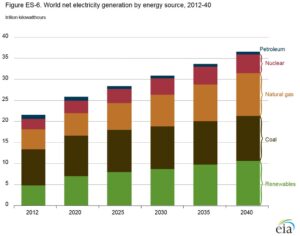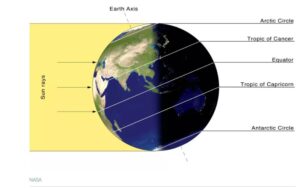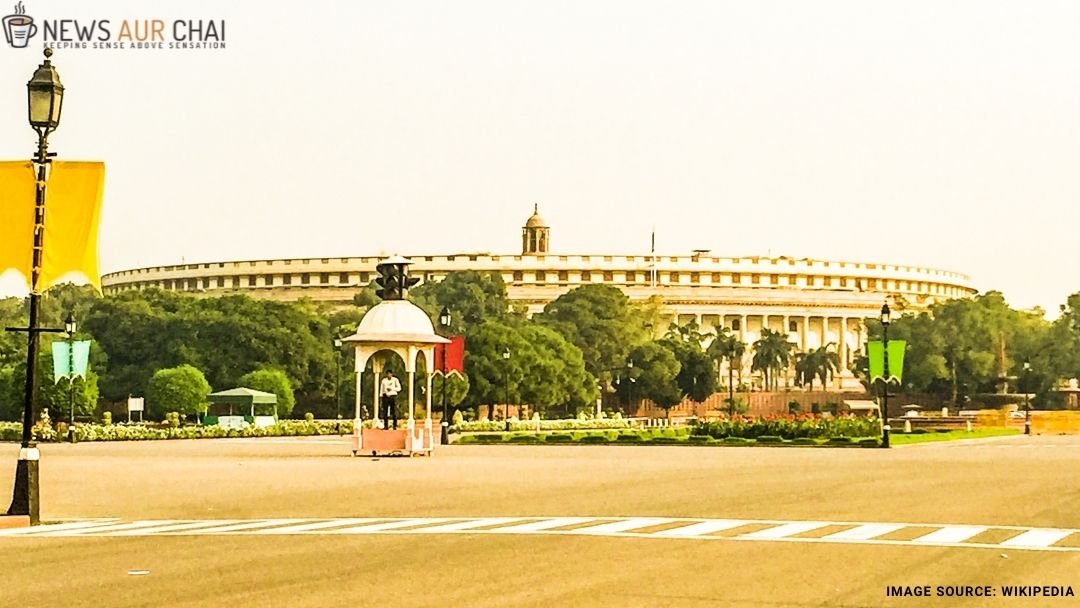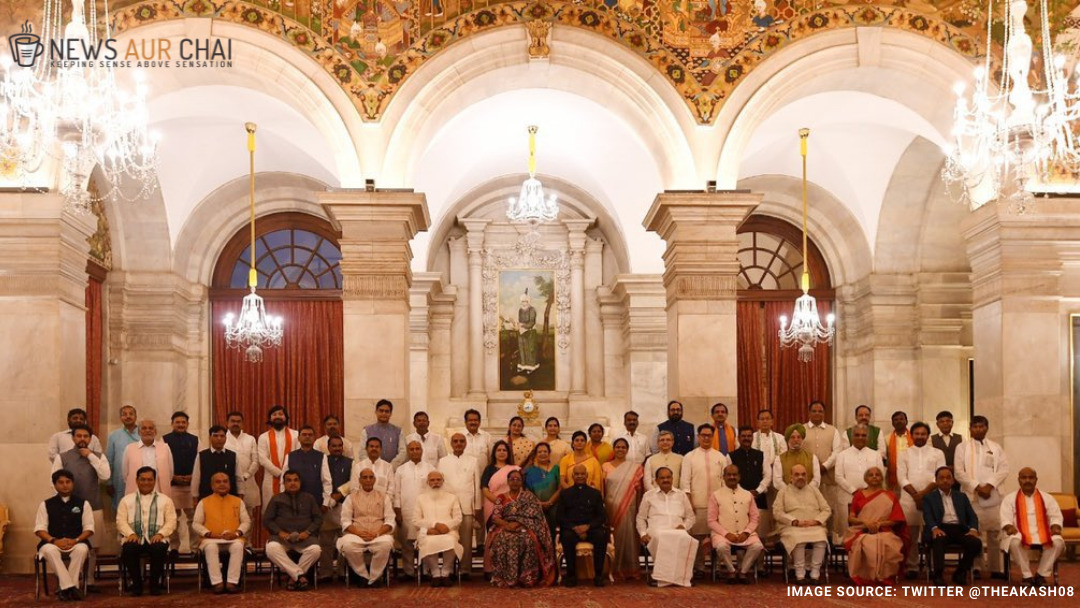
Sun has been the primary source of energy for our entire solar system until humanity discovered and controlled the use of fire. Fire can alter the chemical composition of matter and convert it to energy, which from a holistic perspective is both a boon and a bane in different scenarios. This change in the composition of matter is irreversible and has deeply affected our ecosystem – culminating into the dreadful climate crisis we are battling. Controlled use of fire has traces dating back to the early stone age. Still, even in the modern era, we are highly dependent on fire for meeting our daily energy needs as most of the electricity we use is indirectly a product of combustion of some fuel.

Keeping in mind the environmental degradation and climate crisis, scientists and researchers are proactively looking for alternate sources of energy, which score relatively positive on long-term ecological impact assessments. A significant competitor to conventional energy sources is solar energy. Solar PV technology is deployed worldwide to harness this original source of energy. Solar Photovoltaic, or Solar PV converts sunlight to electricity directly by using semiconductor materials. A significant perk that accompanies solar power is that it has already achieved grid parity and now it can produce cheaper electricity than thermal power plants. In Indian context, the recent solar bid was quoted at ₹2/kWh by Al Jomaiah Energy and Water Company and Green Infra Wind Energy Limited for solar projects in Rajasthan. Governmental institutions around the world promote Solar PV as a source of clean energy. However, it is subjected to several constraints that prevent it from replacing the conventional power plants, for instance:
Intermittent source of energy- Electricity production is affected by the presence of clouds and pollution. Moreover, it cannot produce any electricity during the night, which signifies that we can’t rely on it entirely.
Less space-efficient- Solar energy is not a concentrated source of energy; furthermore, most PV panels have conversion efficiency between 15-20%, which means they require a much larger area for establishment compared to conventional power plants of the same capacity. As a consequence, small countries with less geographical location prefer to go with traditional power plants.
Location constraint- Solar PV is successful only in the areas with suitable availability of solar irradiance. Only the countries located between the Tropic of Cancer and the Tropic of Capricorn, often referred to as sunshine countries, are well suited for solar energy production.
Addressing the above problems, the idea of One Sun, One World, One Grid (OSOWOG) was proposed by PM Narendra Modi during the first assembly of the International Solar Alliance (ISA), circa 2018, to its 67 member countries.
OSOWOG is an ambitious initiative that envisions a trans-national electricity grid that steadfastly supplies solar power across the globe. The underlying philosophy behind the OSOWOG framework is the idea that “The sun never sets”; it is continuously available at some geographical location on earth at any given point in time. The OSOWOG initiative aims to bridge the gap in the existing power ecosystem and address the issues hindering the solar industry’s growth. The plan aims to produce and garner solar power from regions with dense sunlight and then transmit it to places where it is comparatively scarce in availability via an ‘OneWorld Grid’.

Recent developments regarding the project:
MNRE (Ministry of New and Renewable Energy) has requested hiring consultants to transform this idea into policy. MNRE has prepared a draft plan that connects 140 countries through a standard grid to transfer solar power. Keeping India at the centre, the globe is divided into two broad zones namely; the Far East which includes countries like Myanmar, Vietnam, Thailand, Cambodia, and the Far West which covers the Middle Eastern and the African Region.
The execution of OSOWOG rolls out in three phases.
Phase 1: Interconnecting Indian grid with middle eastern, south Asian and southeast Asian grids for solar and other renewable power exchange.
Phase 2: Connecting the middle eastern link of the grid with Africa for solar and other renewable power exchange.
Phase 3: Establishing a global power interconnection and achieving One Sun, One World, One grid vision.
Currently 37 companies have submitted the Letter of Interest to MNRE regarding OSOWOG showing their willingness to work on the project.
Solar energy will be supplied to the “non-sunshine countries” or countries with a small geographical footprint by the solar surplus countries. This idea eliminates the need to store power using batteries and reduces our dependence on thermal power plants to meet the peak demands.
Several experts have quoted OSOWOG as a part of India’s counter to China’s One-belt-One-road initiative. Africa and South-East Asia being power deficient regions possess massive potential for the Indian electricity market in the future.
Being an ambitious project, it has few aforementioned exigent setbacks. Interconnecting the national grids will make the electrical grid more susceptible to cyber-attacks as the number of entry points will be increased to many folds.
Huge capital upfront- The whole project will require trillions of dollars of investment. Operation and maintenance of submarine sea links amidst increasing risk of storms and Cyclones pose a significant threat to the infrastructure. High AT&C losses in third world countries were averaging to nearly 30% of transmitted power. With time battery technology may progress, and storing the electricity might become cheaper than sending it to large distances making the World Grid pointless.
We never know what the future holds; the technology progress in the field of transmission can’t be ruled out; the AT&C losses may reduce significantly over time. Regardless of the challenges, India has always proved its mettle. Indian engineers and scientists have a history of figuring out efficient and cost-effective solutions. It’s a ripe time for India to emerge as a world leader in the renewable energy sector and set an example for sustainable development discourse.





